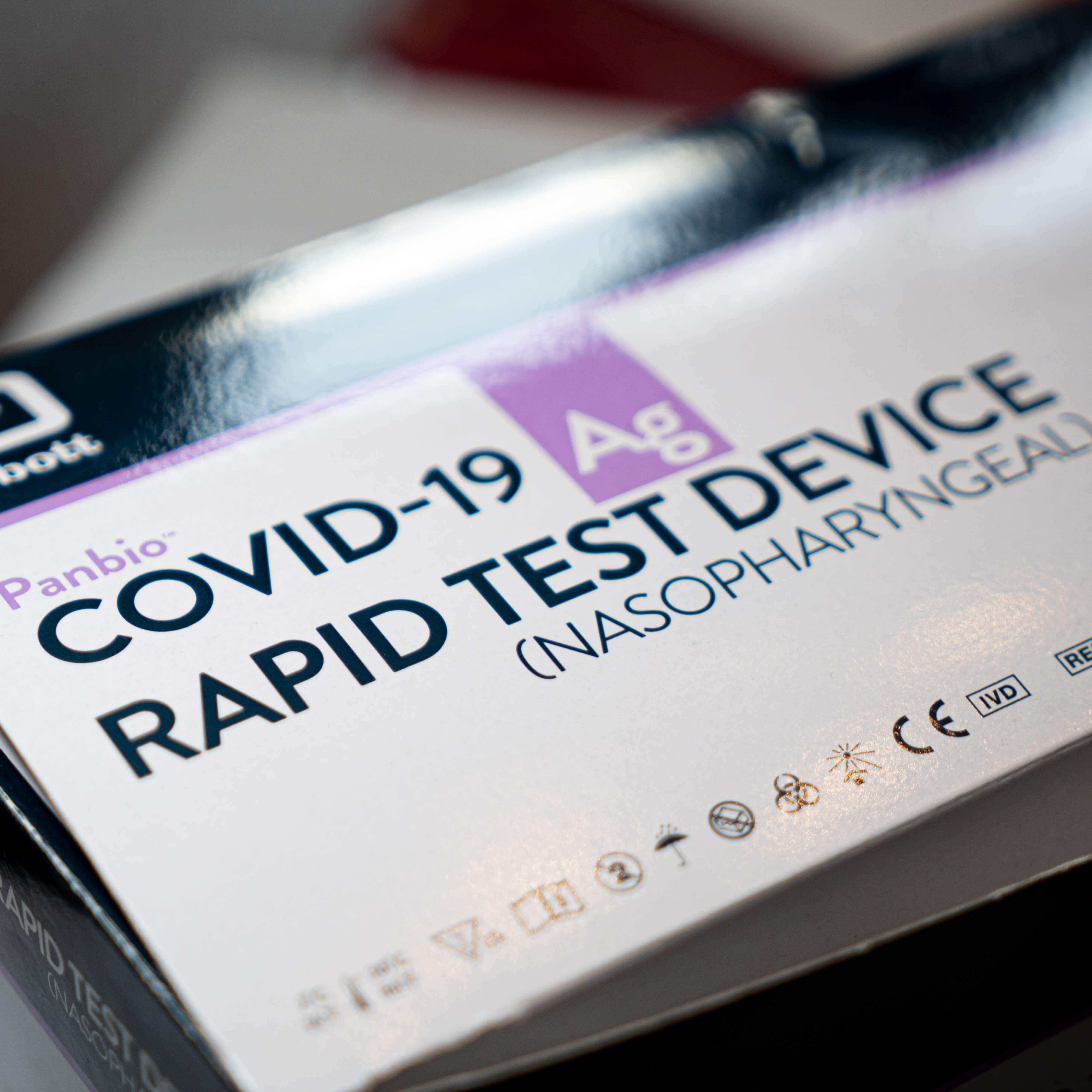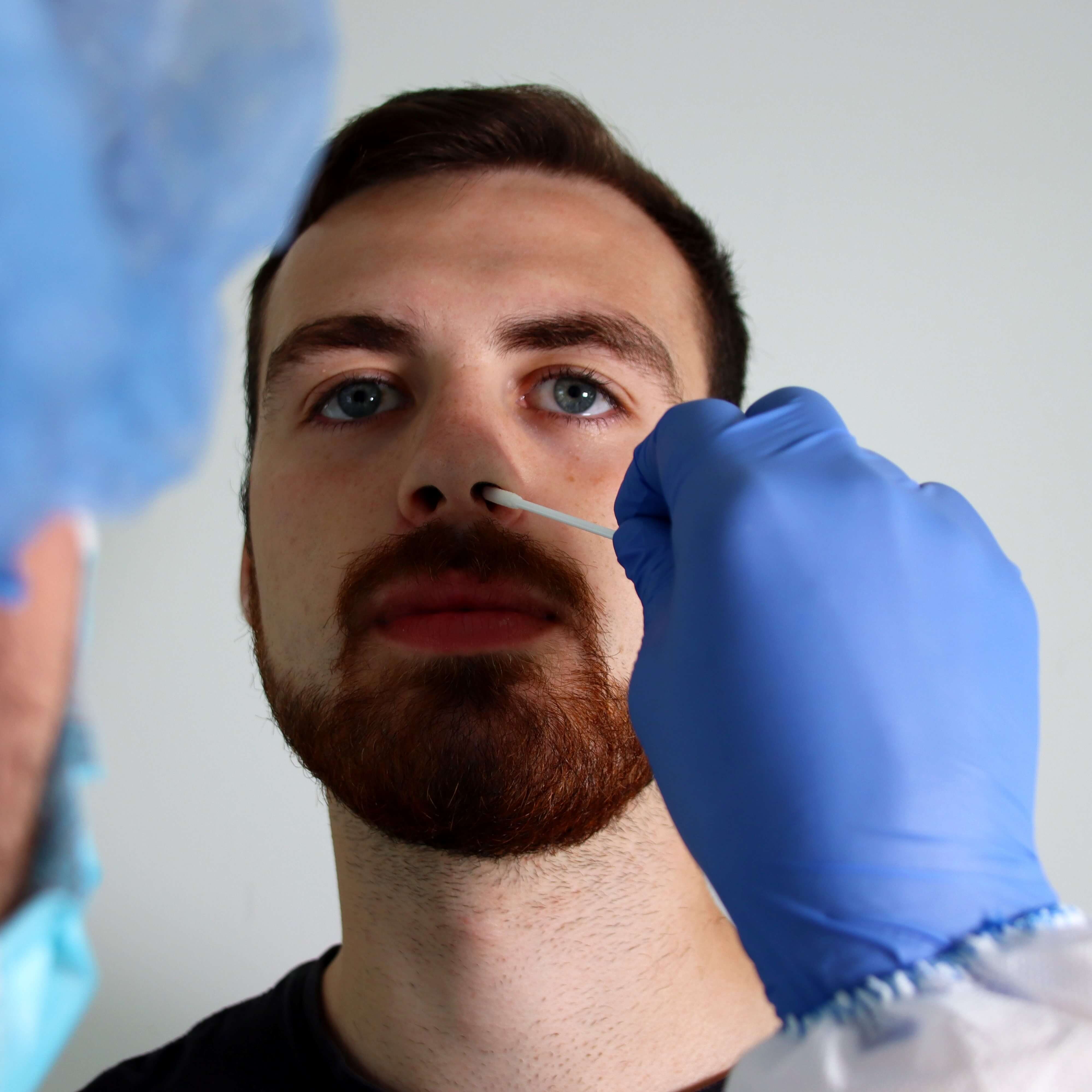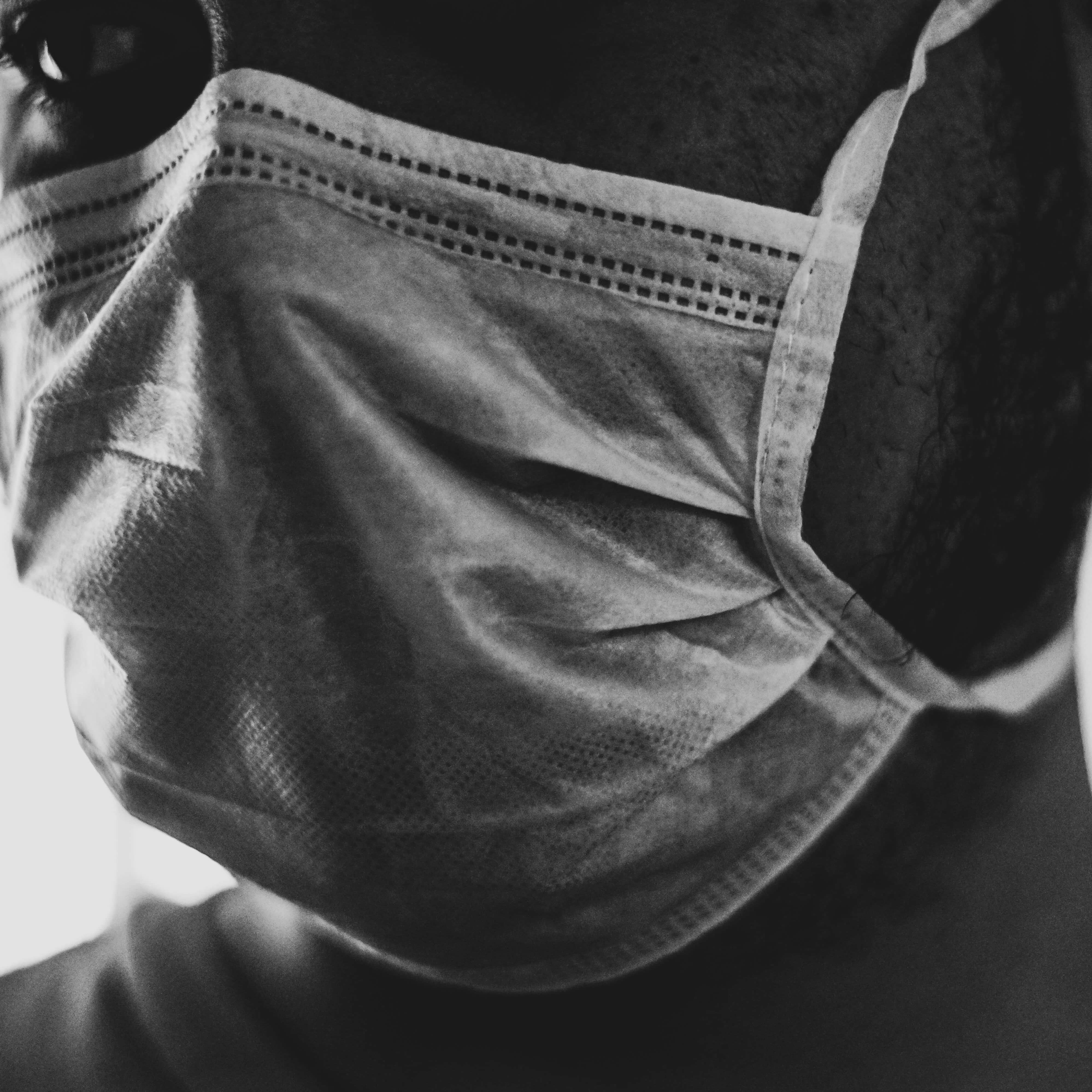
What Kind of Cough Do Covid-19 Patients Have?
Shortness of breath, chest pains, and a persistent cough are common symptoms that a COVID victim suffers. These symptoms all occur because the SARS-CoV-2 virus attacks the respiratory system. The human body displays the aforementioned symptoms as a reaction to contracting COVID-19.
COVID patients all suffer from persistent cough during the period of their infection. One-third of all COVID victims experience a wet cough during COVID-19, while the rest suffer from a dry kind of cough.
How COVID-19 Affects Lungs
The SARS-CoV-2 virus infects the mucous membranes in our respiratory system. These mucous membranes are responsible for making mucus that captures irritants in the air we breathe.
Irritants are expelled through coughing and in a COVID infection, an underproduction or overproduction is triggered in the mucous membranes, hence the victim's experiencing a dry or wet cough.
SARS-CoV-2 causes the lung tissues that are in charge of the exchange of oxygen and carbon dioxide to inflame and malfunction. As this happens, the lungs are filled up with fluid and the process of breathing becomes very hard to do.
Can Cough Be a Sign of the Covid-19?

Coughing is a symptom of COVID-19 infection but coughing is not a sure sign of having COVID. Contrary to what you may have heard, there is no specific COVID-19 cough sound that we can audibly detect through an adult patient’s coughing.
Children infected with the Omicron variant of COVID seem to exhibit a specific type of barking cough that resembles croup. A few cases of COVID in children record a persistent cough in child with no other symptoms of COVID-19. If this happens with your children, seek advice from a doctor for the child’s immediate treatment.
Only tests like a Polymerase Chain Reaction Test (PCR test) or a Lateral Flow Test (LFT) can say for sure if a person is suffering from a SARS-CoV-2 infection.
Luckily for the general public, testing for the virus can be done privately at home with LFT kits. These get instant results and cost a fraction of the more expensive lab-based PCR tests that have to be administered by a professional health worker.
There are many lateral flow COVID tests to buy online. We recommend that you buy a Flowflex COVID test kit or the Healgen test kits as these are the cheapest (less than £2 a test kit)and the most reliable brands you can find online today.
What Kind of Cough Do Covid-19 Patients Have?
Is COVID-19 cough wet or dry? COVID patients may suffer from either a dry cough or a wet cough. Statistics show that a third of the minority of COVID patients suffer from a wet or productive cough during COVID-19. The remaining two-thirds suffer from dry and raspy cough.
A wet or productive cough is characterized by a cough that is accompanied by mucus and/or phlegm. A dry cough is often accompanied by itching of the throat, coughing spells that scrape at the victim's throat, and hacking sounds.
How to Treat a Covid-19 Cough
Helping the lungs clear themselves of mucus and phlegm is the idea in treating COVID cough. This may not get rid of the COVID infection but will help in the comfort and quality of life of the patient.
Here is a list of remedies to treat and control coughing symptoms in COVID-19 patients:
- Drink lots of water – Hydrating the body helps it produce mucus that helps expel irritants and the virus itself.
- Sleeping with the head propped up – Elevating the head helps with decongesting the airways and nasal passages for ease of breathing.
- Using nasal irrigation device – Neti pots and nasal sprays clear nasal passages of mucus and will alleviate the clogged-up feeling in patients.
- Using an air humidifier in the patient’s room – Humid air will contain more oxygen and will lighten the load of breathing.
- Decongestant drugs – Regularly administering nasal and respiratory decongestants will quell the symptoms of coughing, phlegm, and respiratory irritation.
- Steam inhalation – Steam kills the virus present in the respiratory tract, while the warmth opens up the air passages to facilitate ease in breathing in victims.
- Breathing Exercises – A victim can help his body through the practice of breathing exercises. They should breathe from their diaphragm; slowly inhaling through the nose and expanding the belly to fill both lungs with air. This is done slowly and conscientiously several times a day long after the victim recovers from COVID-19.
Control the Cough for Comfort
The ability of a COVID patient to recover from the virus will depend on their body’s overall health and resistance. But their quality of life and comfort levels can be much improved by controlling coughing symptoms.
If you have loved ones who suffer from COVID, you can make life easier for them by knowing all about COVID cough and how to handle its symptoms.



